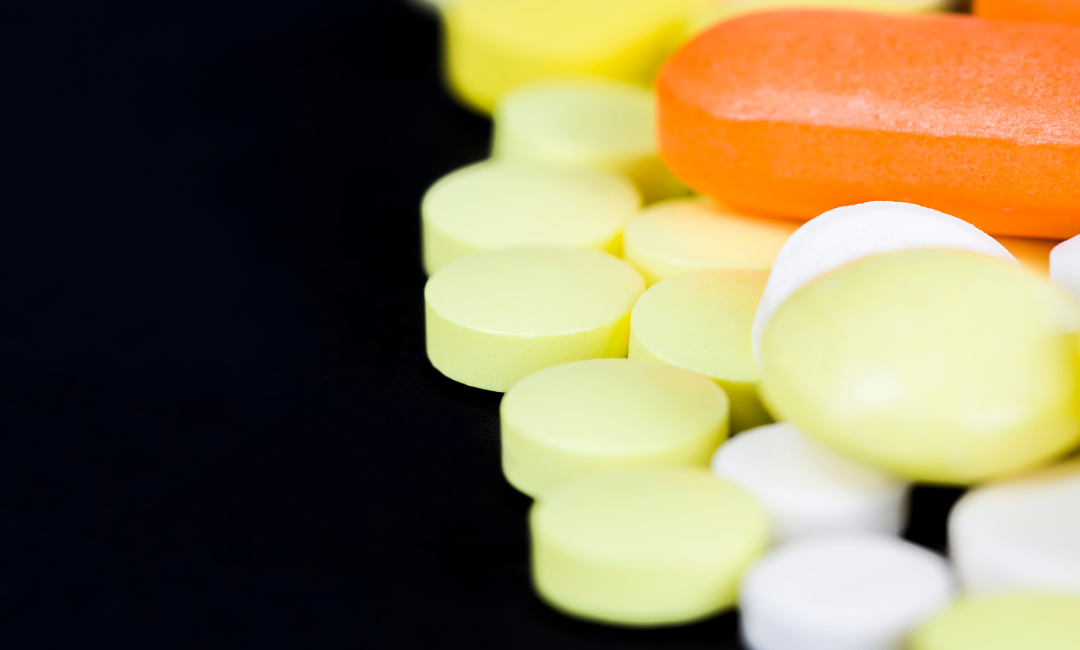Mechanism of Action for Antimetabolite Drugs
Antimetabolite drugs resemble the natural substrates required for DNA and RNA synthesis. However, at the same time, they are different enough to cause cell destruction. They target both, the healthy and cancerous cells, but they show greater effects on cancer cells. That could be because of their fast replication rate. Antimetabolites kill cancerous cells by disrupting their nucleic acid synthesis.
Pyrimidine pathway antagonists work by interfering with uracil and cytosine, the pyrimidine bases. These bases are necessary for DNA synthesis. Since pyrimidine antagonists resemble the nucleotide bases, they get attached to the DNA. Then they are converted into metabolites that inhibit the activity of the enzyme thymidylate synthetase. Normally, this enzyme converts uracil to thymidine by adding a methyl group on 5th carbon and let the cell cycle proceed.
Inhibition of thymidylate synthetase causes DNA synthesis failure and cell death eventually. These drugs also target RNA by incorporating one of their metabolites into it. It causes faulty RNA translation, inhibiting its synthesis and blocking all its different forms. These combined actions on DNA and RNA synthesis cause damage to cancerous cells.
Purine pathway antagonists target adenine and guanine bases. They stop nucleotide synthesis by decreasing the purine base production or incorporating themselves into the DNA strands during synthesis. Hence stopping the cell growth. Since they resemble nucleotide bases, they get attached to them and convert into metabolites that inhibit the first step of purine synthesis.
They may also block the formation of adenosine monophosphate and xanthinuric acid from inosinic acid. These drugs convert into their metabolites, and incorporate into RNA, resulting in their faulty translation and inhibition of RNA synthesis and all in their different forms.









